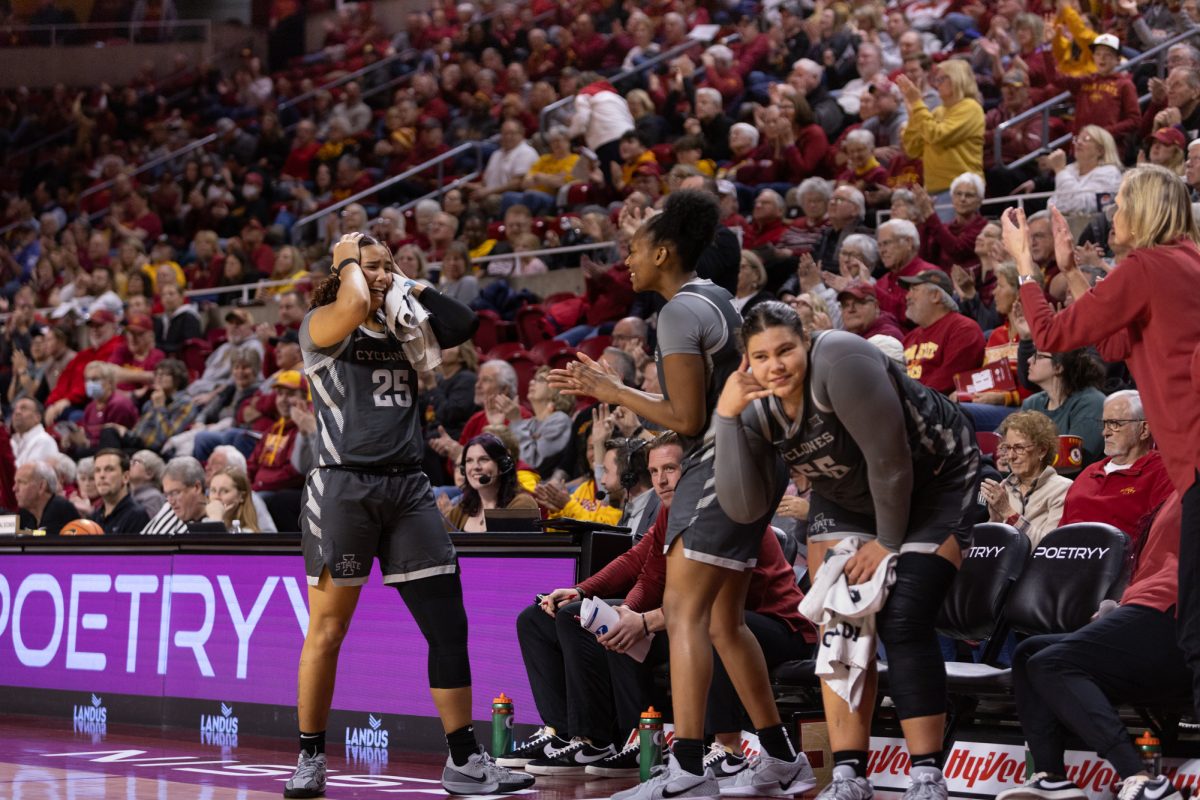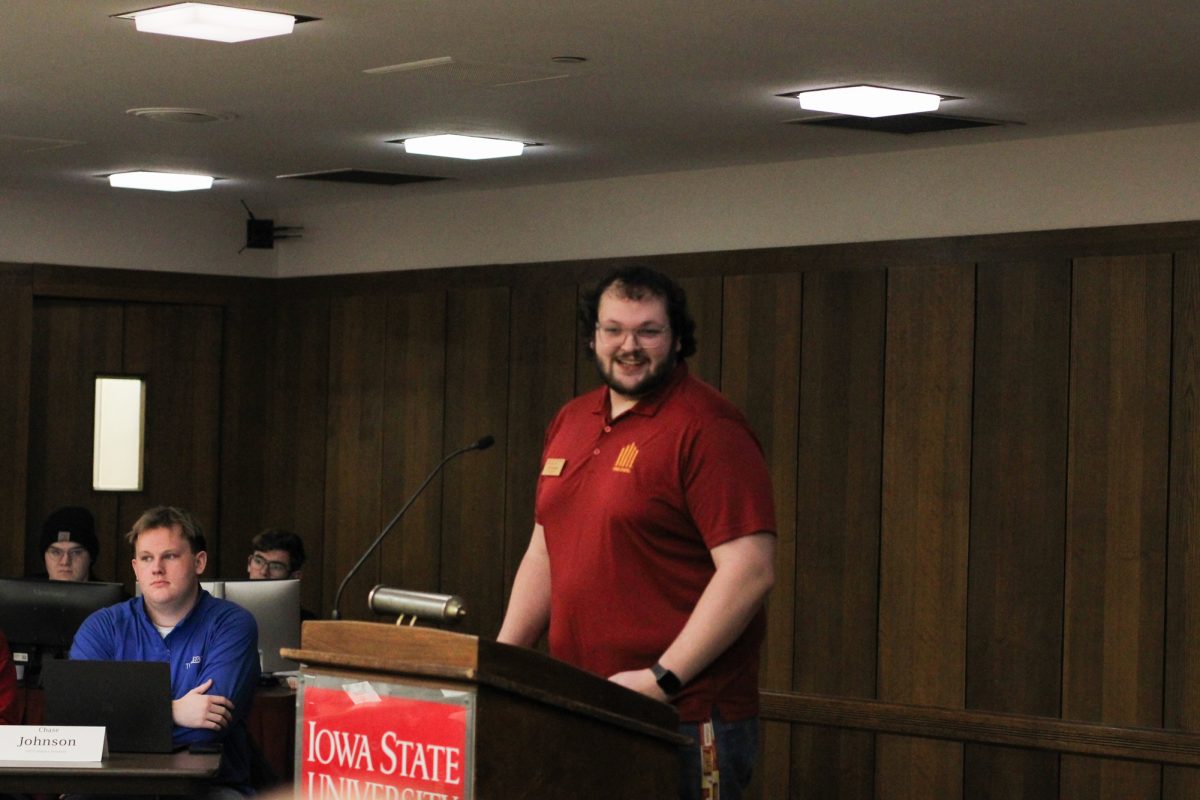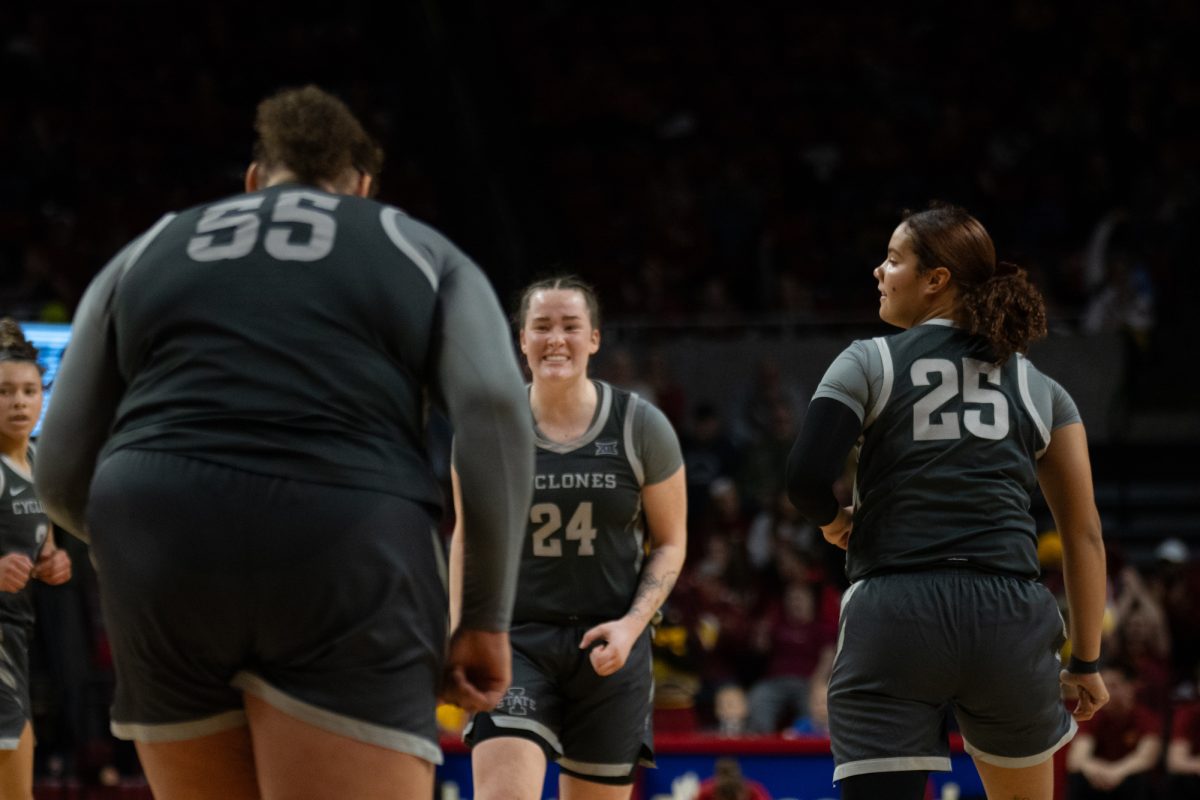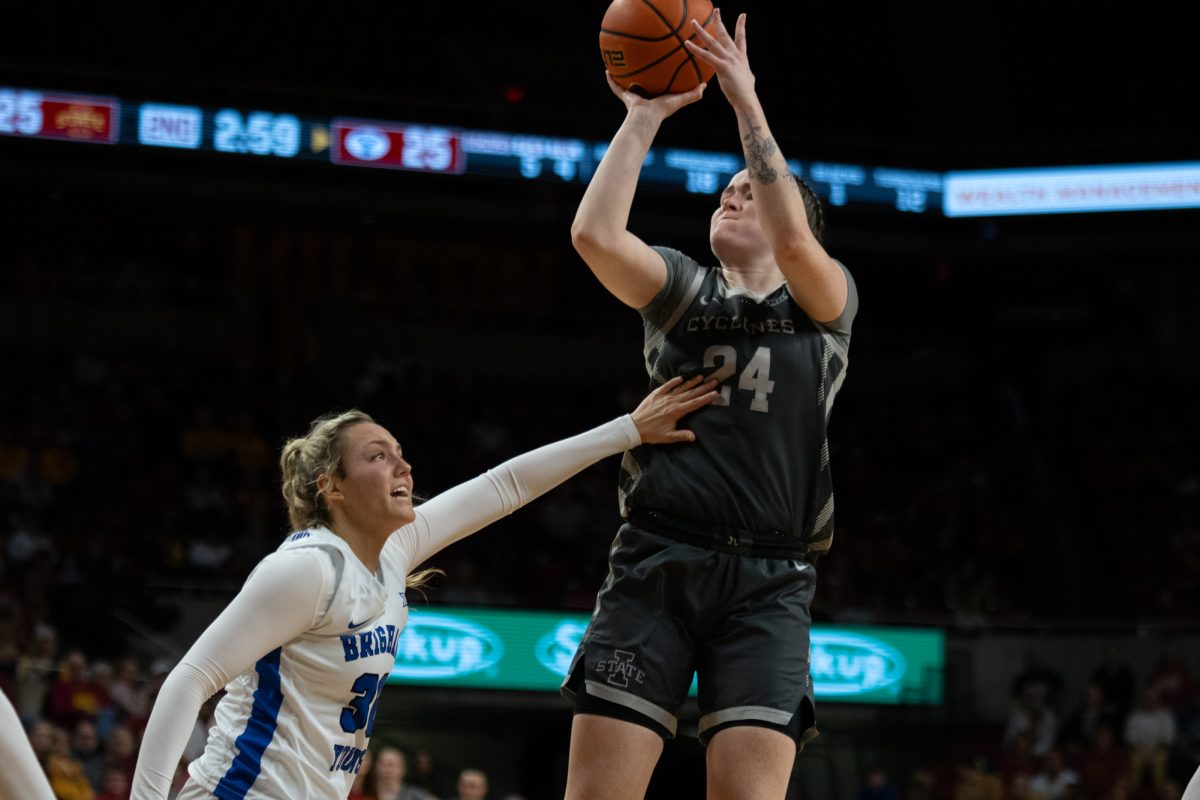Ameteur radio enthusiasts practice for emergency situations
June 27, 2005
Members of the Cyclone Amateur Radio Club and the Story County Amateur Radio Club tested their radio equipment this weekend in an annual event designed to simulate emergency conditions.
Both clubs worked together during the field day contest, which is sponsored by the American Radio Relay League.
The goal was to contact as many ham radio stations as possible during the event, which lasted from 1 p.m. Saturday to 1 p.m. Sunday, said Jerry Johnson, president of Story County Amateur Radio Club.
Contacts were made by sending either voice or Morse Code signals.
Volunteers took turns manning the radio equipment set up in the Red Cross Building, 426 5th St., and in a camper parked at the City Hall parking lot, 515 Clark St.
Clyde Walter, faculty advisor for Cyclone Amateur Radio Club said the two stations made “well over” 400 contacts. The final results should be printed in the American Radio Relay League’s magazine in a month or two, he said.
“The whole point is to operate in emergency circumstances,” Johnson said.
Brad Holcomb, vice president of Cyclone Amateur Radio Club and senior in management information systems, said field day is a good opportunity to prepare for emergencies.
He also said there are many variables that affect how transmissions are received among operators, possibly making it difficult to communicate in an actual emergency.
During an emergency, there will be a lot more chatter making it more difficult to understand, Holcomb said.
He said one of the most recent events in which ham radio operators were able to help people in an emergency was the tsunami last December.
“Field day is a combination of practice in case an emergency actually occurs and showing people that it can be done,” said Suzanne van der Valk, lecturer for intensive English and orientation program.
She also said people are interested in amateur radio for different reasons.
“It is used for emergency communication services,” she said. “Some people just want to talk to as many people in as many countries as they can.”
Johnson said there are about 400,000 ham radio operators in the United States and many more throughout the world.
In order to be an operator in the United States you have to take a test, administered by the Federal Communications Commission, to obtain a license.
The licenses are important because ham radio is potentially dangerous because of weather and other concerns, van der Valk said.






